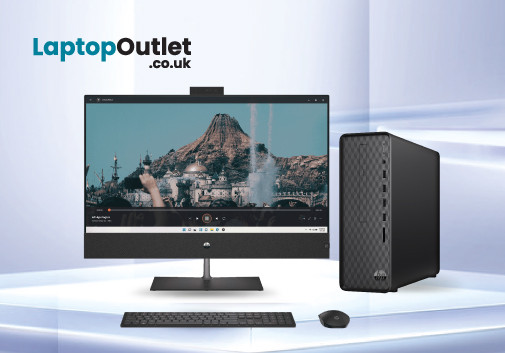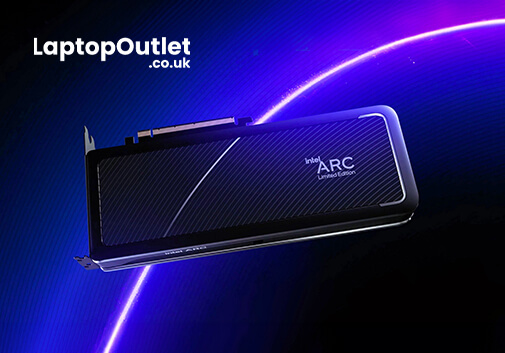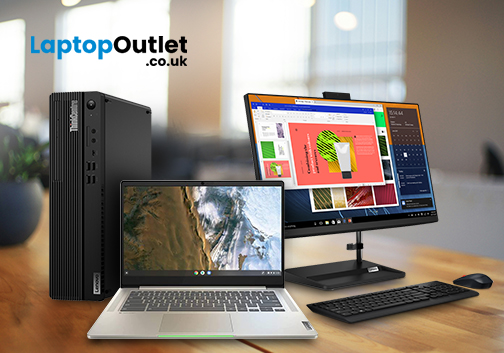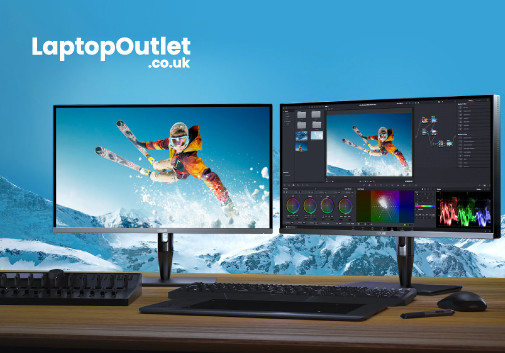Difference Between RTX And GTX Gaming Machines
If you are in the market to buy a new gaming laptop or want to build a new PC, in either of the two cases choosing a good graphics card holds a critical value. Opting for the right kind of GPU eventually let you experience smoother and immersive gaming sessions.
However, deciding which kind of graphics card to go for sometimes becomes a nerve-wracking task, thanks to the sheer number of jargons and acronyms. Currently, there are 3 key players in the market - NVIDIA, AMD, and Intel, presenting versatile kind of graphics card to elate your visual experience.
Out of them, NVIDIA graphics card are most widely welcomed by the gaming enthusiasts due to their several market-leading inventive features. These include Ray Tracing, Deep Learning Super Sampling (DLSS), and Turing architecture. At the moment, NVIDIA is offering two kind of graphics card series under the brand name of GeForce - RTX and GTX.
What is the difference between RTX and GTX and which one can suit you best? Let’s find the answer to this question in today’s guide.
What is RTX?
RTX stands for ‘Ray Tracing Texel eXtreme.’ It’s a series of graphics card by NVIDIA, first launched back in 2018 under the brand name of ‘GeForce’. One of the most innovative features offered by NVIDIA in RTX cards is Ray Tracing.
Ray Tracing is a unique method of graphics rendering that boosts light and shadows. RTX gaming laptops are well-aligned to offer Real Time Ray Tracing, a technology which was assumed to be years away until NVIDIA GeForce RTX cards offer it.
Real-Time Ray Tracing is a remarkable breakthrough in the gaming industry and also has applications in other relevant fields such as Engineering, design, and film. The NVIDIA GeForce RTX cards run on Turing architecture which is a dual-core proprietary model, consisting of RT cores and Tensor cores.
RT cores are designed to efficiently execute Ray Tracing. In combination with NVIDIA GeForce RTX software, these cores ensure ray-traced rendering to generate ultra-realistic environments with accurate lightening and shadows.
While Tensor cores use multi-precision computing to do efficient AI interference. These cores present in RTX laptops are dedicated to upscaling and sharpening with Deep Learning Super Sampling (DLSS), bringing a boost in performance and image quality.
What is GTX?
GTX stands for ‘Giga Texel Shader eXtreme’ and is also a graphics card variant from NVIDIA’s ‘GeForce’ brand. NVIDIA GeForce GTX are games-oriented graphics cards that are aligned to deliver a top-of-the-line gaming experience. First GTX card launched back in 2005.
It is pertinent to mention here that previously NVIDIA used to attach the GT prefix to graphics cards that successfully passed the ‘Giga Texel’ render threshold. As the NVIDIA introduced advanced versions of GT cards which were able to supply more rendering speeds, the company made an addition of X suffix for ‘eXtreme’ to distinguish these high-performing cards.
Until the release of RTX cards, NVIDIA has attached the GTX with all its high-end graphics cards. Meanwhile, the company kept unveiling new GPU series, based on different architectures. For example, NVIDIA GeForce GTX 200 and 300 series were centered on Tesla, and 400 to 500 were formulated on the Fermi architecture.
To cut in short, most of the GTX cards are not that much advanced as RTX cards are, but they certainly deliver a competitive gaming performance. There exist some exceptions as well. Such as latest GTX 16XX series cards which are based on Turing architecture and are well-inculcated with cutting-edge algorithms to deliver a RTX line alike experience.
RTX Vs GTX: Which One is Better?
Having discussed most of the features of both graphics card variants - RTX and GTX, let’s get to know which card will suit you the best.
RTX Laptops: Best for Elite Class Graphics
When playing games, frames looks way better when ray traced rather than when rendered traditionally. So, you should go for a RTX laptop if you want to enjoy rich in-game graphics. The best RTX gaming stations contain top end 30-series RTX graphics cards. The RTX laptops may cost you a bit more money than GTX laptops, but these machines worth every penny. The state-of-the-art technologies such as Deep Learning Super Sampling (DLSS) and Ray Tracing available in these rigs perfectly justify their costly price tags.
In addition to gaming, RTX laptops come in handy for the fast and cutting-edge rendering of 3D animated characters, graphics-intensive video editing work, and complex large-scale models.
GTX Laptops: Best for Budget Gaming
If you are carrying a bit low budget but want to enjoy immersive gaming, then a GTX laptops is what will suit you the best. Though GTX cards don’t offer all the bells, whistles, and state-of-art performance as you can get with RTX, still these cards are advance enough to efficiently render graphics of modern fast paced games. For instance, a laptop equipped with NVIDIA GeForce GTX 1660 Super graphics card can smoothly run most of the latest modern games.
In case, you are an eSports enthusiast, a GTX laptop can play eSports titles at 1080p or higher resolutions without any problem.
Wrapping It Up
In the past few years, technology has taken a massive turn. Most of the modern games, animations and editing tasks need a laptop with powerful graphics card to seamlessly renders them. Thankfully, there are certain lucrative options available these days. Many of the latest gaming laptops from leading brands come with high end graphics cards to provide you with vibrant graphics.
In case you want to experience the best-of-the-best graphics, no matter how much it will cost you, go for a RTX laptop. However, if budget is an issue for you, you still have many options. And buying a GTX laptop will prove to be the best option among all the available choices, allowing you to relish budget gaming.










